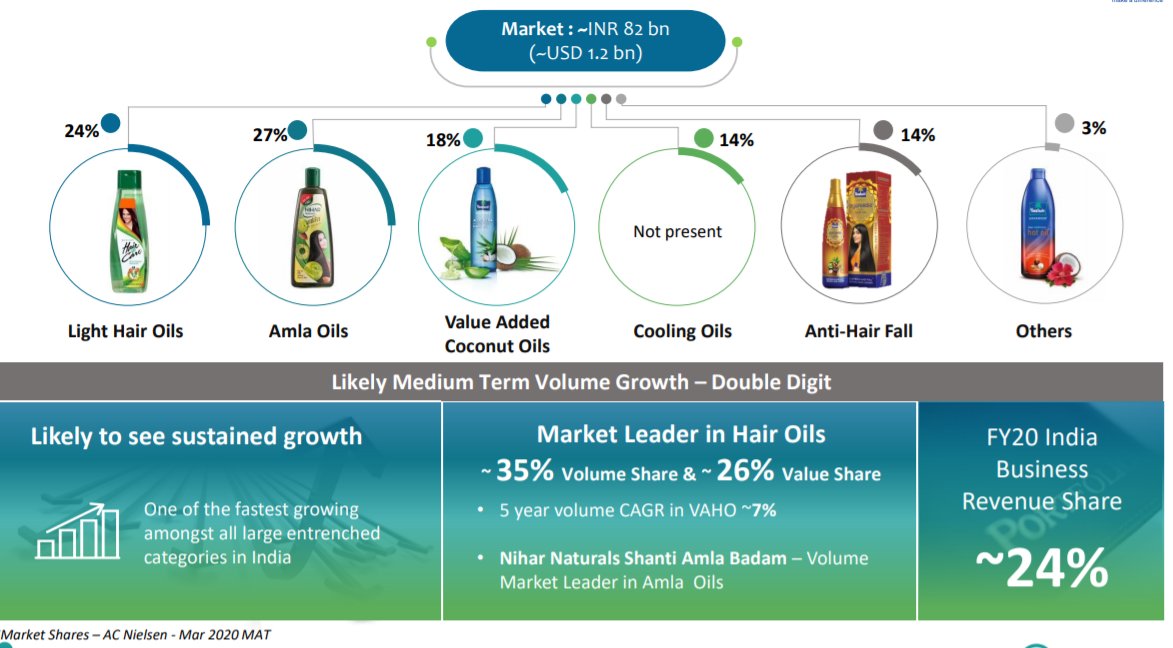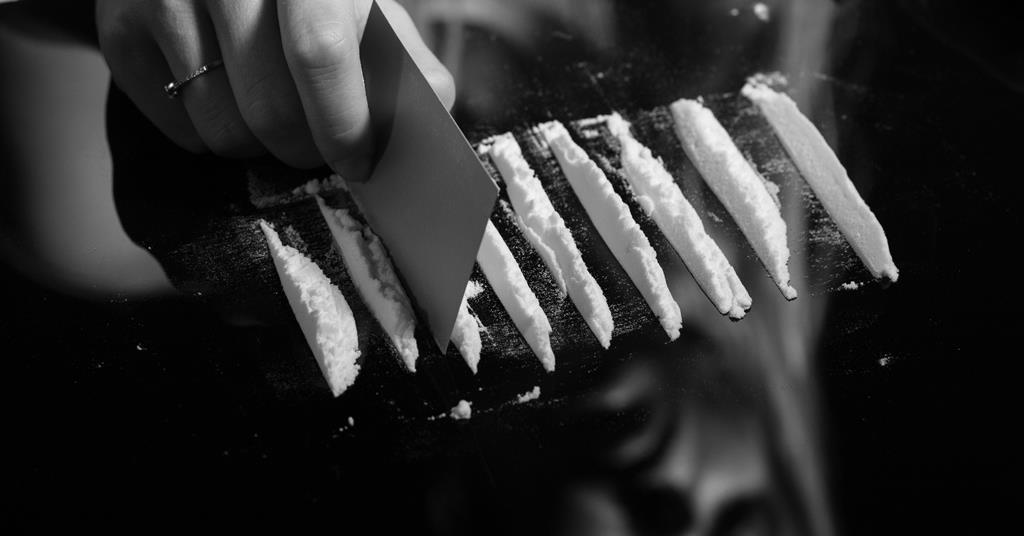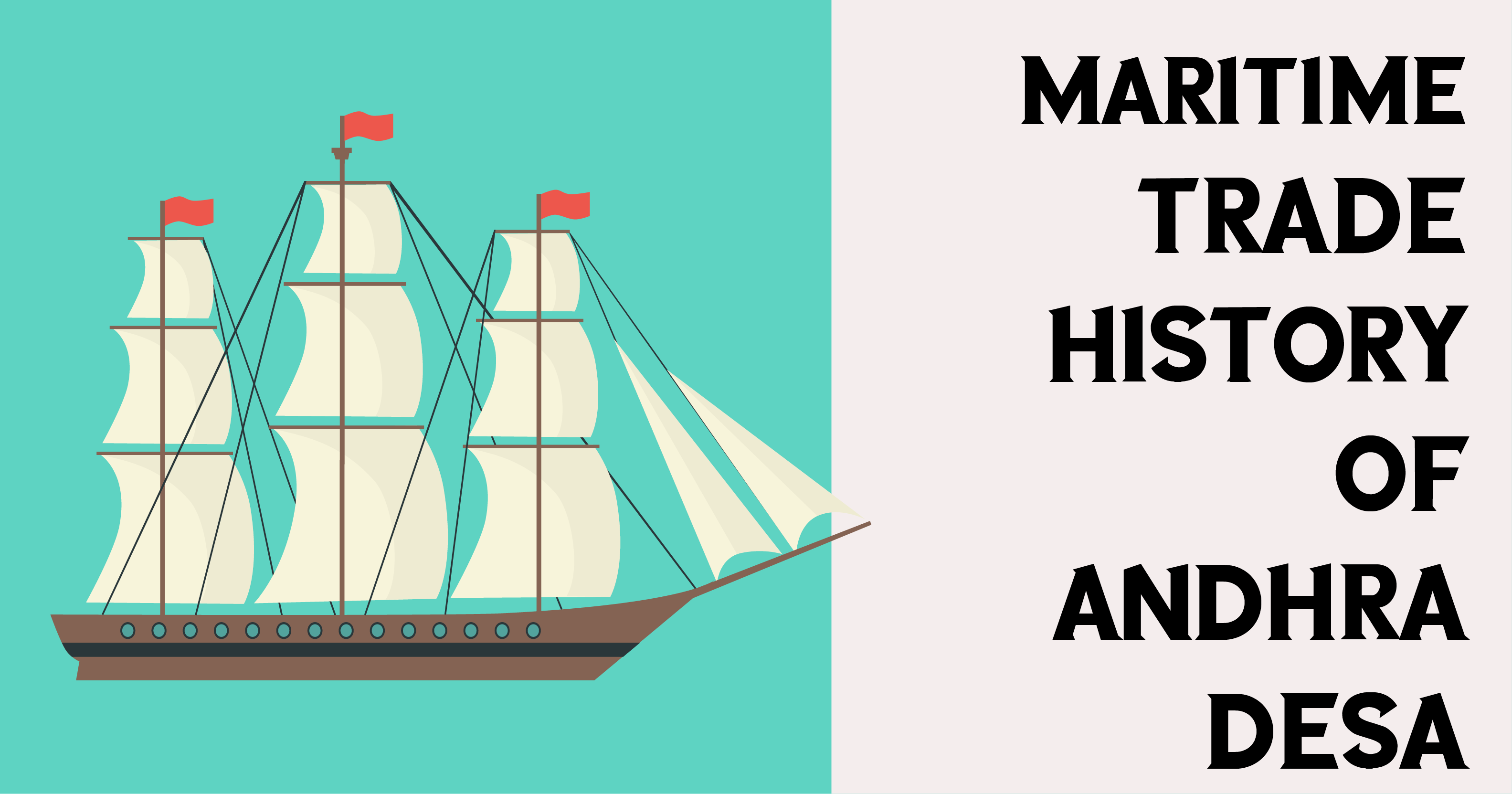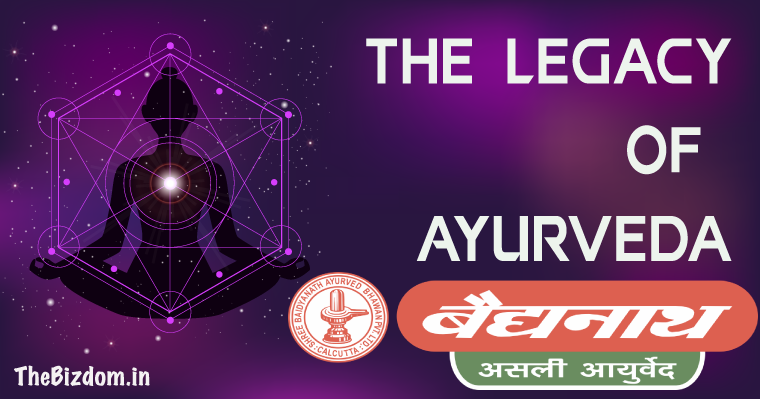9 min to read
The Making of Marico
How Harsh Mariwala built one of India's largest packaged consumer product company.
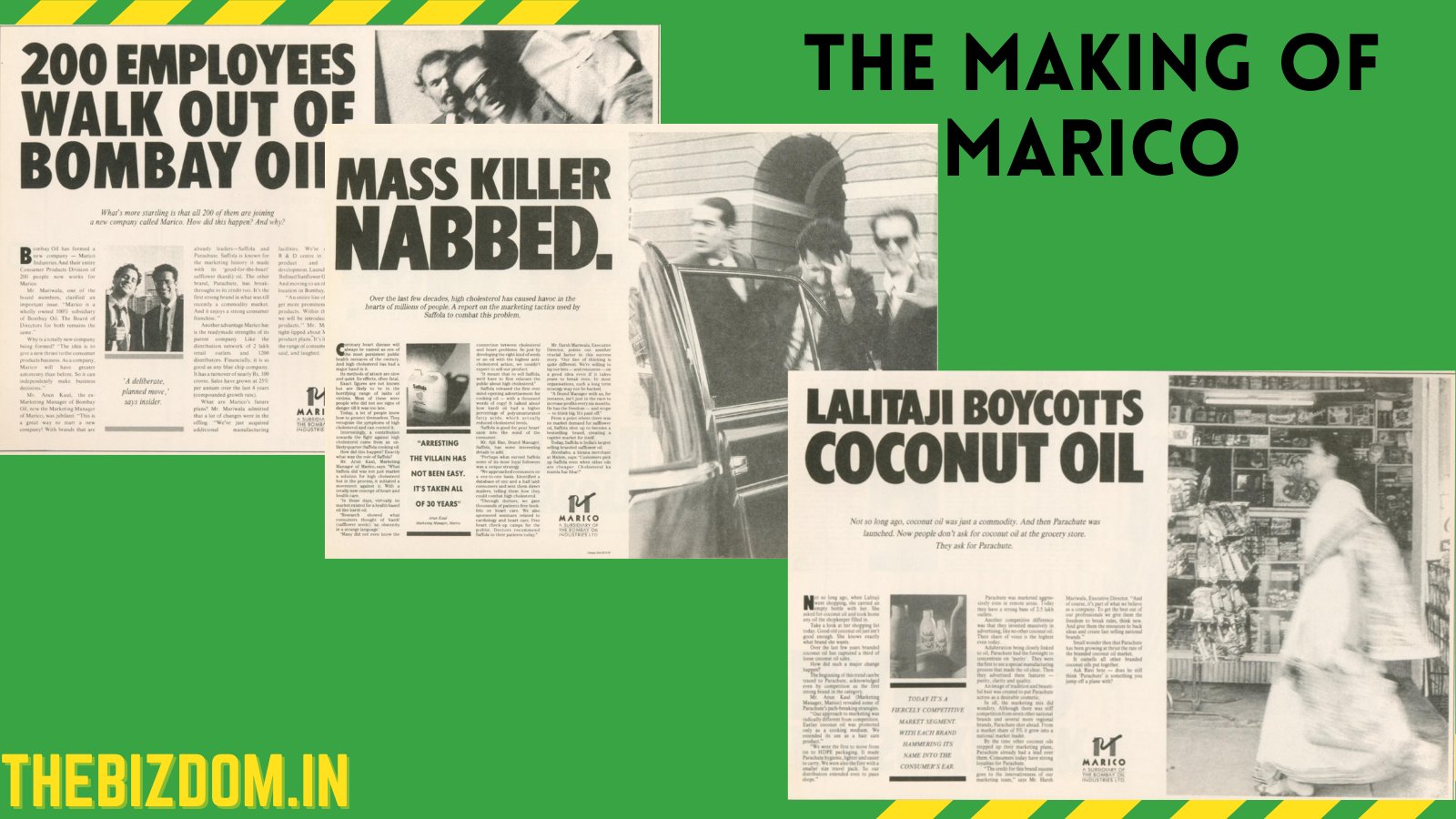
Origin
In 1872, two young brothers from a village of Vinjhan in Kutch set out for far-off Bombay. Traversing the then huge distance of 140 km by bullock cart to the port town of Mandvi, they boarded a sailboat—a journey that took seven days on the Arabian Sea, to reach Bombay.
Kanji Morarji, was 17th, and Vasanji Morarji, was 15th of age, when they moved to Cotton Green, where cotton bales were packed for export. Their jobs were to hoist these bales onto the weight balances. Both Kanji and Vasanji were quick to learn the ropes and soon began brokerage of cotton.
They formed their first firm in 1887: Kanji Khetsi & Co. (in partnership with Khetsi). Unfortunately, Vasanji died soon after, leaving Kanjibhai to raise his son Vallabhdas. The family expanded and so did their business. From Bombay, they expanded to the Malabar coast (Kerala).
Working as commission agents, with a brokerage of 1.5 %. Their job was to receive and sell goods that were shipped from Malabar by local traders. The railroad had not yet reached Kerala. So copra and pepper, from that state, would be transported to the port of Bombay.
The commission agents’ job would then be to sell these commodities to traders from the big cities that were connected by railway, like Delhi, Calcutta, Amritsar and Karachi (pre-Partition).
Kanji Morarji
Given the absence of any form of long-distance daily communication, the traders in Kerala had to depend on the word of the commission agents regarding the prices at which their goods were sold. This led the uncle-nephew duo to yet another enterprise.
They opened a spice shop and then a firm in Kerala under the same name, ‘Kanji Morarji’. Following this, a spice processing plant was set up on the palm-fringed backwaters of Alleppey, Kerala.
Mariwala
In those days, Kutchi families did not have surnames. The name of the individual followed by the father’s name declared a person’s identity. The census of 1911 led to the British government giving surnames to all, and this is where a lot of Surnames were invented. And, this is when a lot of WALA surnames were invented.
Many used the name ‘Merchant’. But, since their main trade was pepper, and had earned them a sobriquet of ‘Pepper Man’. So, ‘MARIWALA’ was adopted. Pepper in Gujarati is mari.
All the four sons of Vasanji: Charandas, Jaysinh, Hansraj and Kishore—who formed Bombay Oil Industries Limited in 1948 and quickly graduated from trading spices to manufacturing coconut oil, vegetable oil, and chemicals in Mumbai and spice extracts in Kerala. Three years after the company was formed, Charandas’s son Harsh was born. Another Vanaspati factory was acquired in Porbander, as was a solvent extraction plant to extract residual oil from oil cakes. This had a huge export market. Hansraj, took charge of this factory, which was called ‘Shree Jagdish Oil Mills’. The finances of these various companies were handled by Jaisinh.
Parachute & Saffola
Marketing is to both identify the needs of target customers and to offer products or services that can satisfy these needs. One of their brands, Parachute Oil, was sold wholesale in 15 kg tins and larger barrels. It soon established itself as one of India’s superior quality oils. The brand derived its name, obviously, from the then-novel parachutes of World War II. These were a novelty in the Indian subcontinent at that time. A parachute denoted safety and reliability.
In the 1960s, medical research identified safflower oil as beneficial to heart health due to its high content of polyunsaturated fatty acids. Second brand of Bombay Oil, named ‘Saffola’ by Hansraj, was launched in 1965. In those days, ‘ola’ was the preferred suffix used by manufacturers to brand packed oil. Thus, ‘saffola’ was ‘safflower’—i.e., ‘saff’—followed by ‘ola’.
Branding a commodity
In the ’60s and ’70s, oil was sold in tankers, barrels, and 15-kilogram tin containers. Most of it was not branded. Though the 15 kg tins were sold under their brand names, Parachute and Saffola, not much was invested in building those brands. Thus, neither of the brands could command a significant volume and market share.
 At the same time a Calcutta based Shalimar Chemical (it was founded by Prakritinath Bhattacharjee in 1941) was gaining ground, riding on their success of smaller packs.
At the same time a Calcutta based Shalimar Chemical (it was founded by Prakritinath Bhattacharjee in 1941) was gaining ground, riding on their success of smaller packs.
“The mind is like a parachute, it only works when open”.
If you’re going to do something, do something that matters.
Harsh decided to visit market to have a deeper understanding of demand. Since Nagpur was closer than Calcutta (Shalimar’s hub), Harsh first went to the Nagpur market. ‘It was an eye-opener for me’, he will later said. The Nagpur visit was followed by a visit to Calcutta and here, too, he was fascinated at the retail opportunity that existed in the market for Parachute.
The Packing
Marketing strategists are like interior decorators; they set the colours, textures and shapes, but the starting point is often Packing. As, Harsh started focusing on branding and distribution of their two brands. “Retailing our own brand in smaller consumer packs seemed the obvious answer to me then,’ recalled Harsh.
They started selling the oils in small volumes of 1 and 2 kg tins. And, were also the first to introduce smaller packs of 100, 200 and 500 ml. By now in local lingo, Parachute Oil was also referred to as ‘chhata brand’ and was gaining traction. Harsh wanted to see the success of the smaller packs himself. Plastics used to cost half of the tin, so they can save a good amount of money that can be then used in marketing. But there was a BIG problem.
Rat test
Harsh, soon discovered two fact that in the late sixties, someone had launched coconut oil in plastic bottles. But, it got failed since Rats love coconut oil!
The traders, understandably, were not keen on having a repeat of their past issues. There was no taker, but Harsh’s team got an important detail that earlier bottles were square in shape. The rats, therefore, were able to get a grip on the bottles and then would gnaw at them.
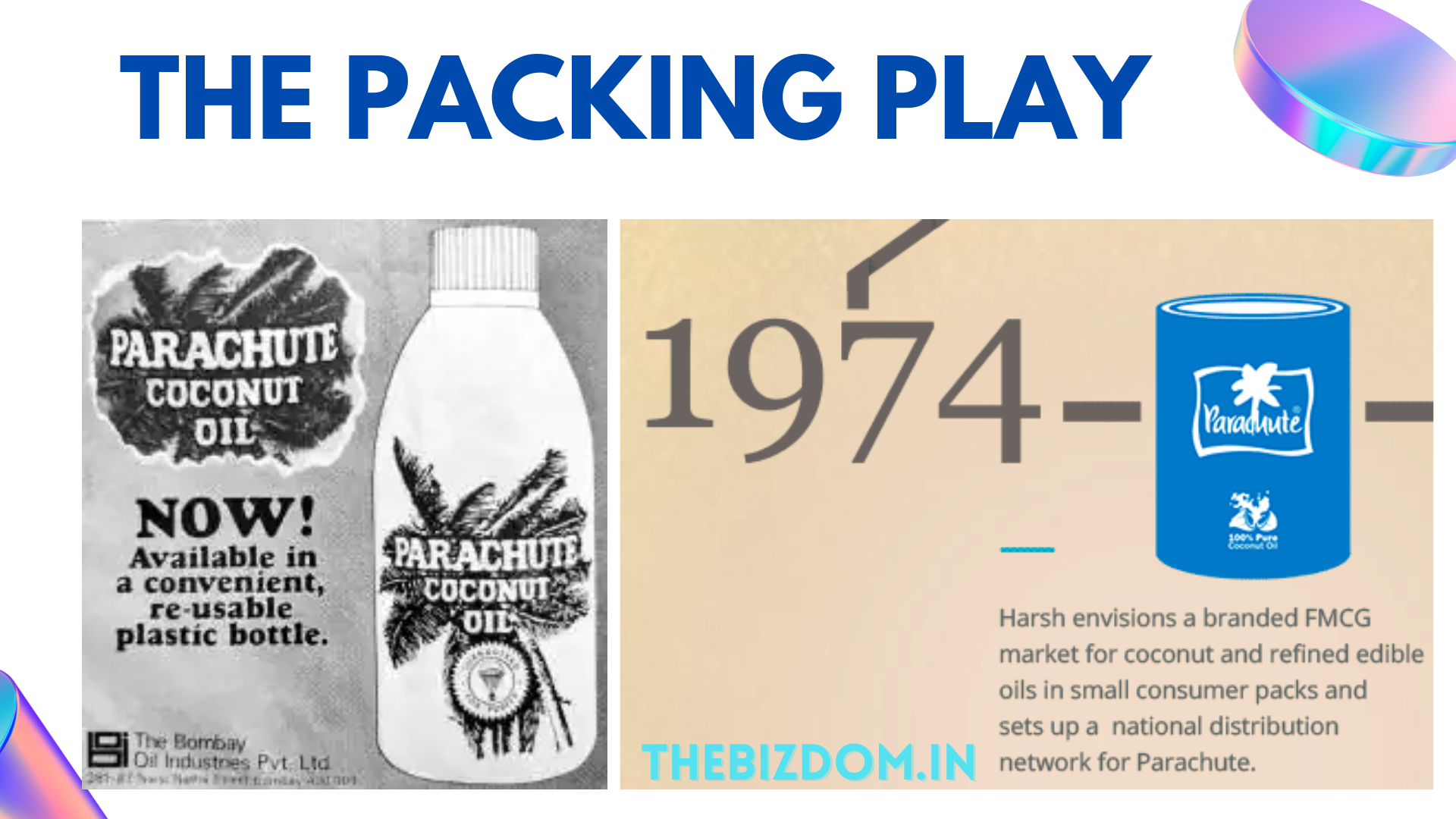 Their solution was simple—round bottles made of superior plastic. The rats would not be able to get a grip on the bottles, and therefore, would not be able to sink their teeth into the plastic.
Their solution was simple—round bottles made of superior plastic. The rats would not be able to get a grip on the bottles, and therefore, would not be able to sink their teeth into the plastic.
Saffola Cooking Oil
Harsh grasped the opportunity to extend the other brand, Saffola, in the urban market as well. Saffola was still a niche business, selling in south Bombay and the posh localities of New Delhi. Along with a national distribution of Parachute, which was slowly but surely bearing fruit. Saffola recipe books based on cholesterol-reducing diets using Saffola oil were freely circulated. Brand Saffola was also promoted through doctors.
Despite these success, Harsh felt extremely ‘boxed in’ and suffocated. On the one hand, he envisioned building a large and successful FMCG business and could clearly sense this opportunity. Plus, Innovation does need money. It always requires a budget that permits the routine and boring things that let you do the creative and risky things too.
Finally, Mariwalas decided that their interests were best served if they carved out the businesses of Bombay Oil into separate companies. By 1980s business was divided as:
- Epro Biotechnologies to make hybrid seeds,
- Kancor Flavours as the Spice extracts division,
- Hindustan Polyamides and Fibres as speciality chemicals company, and
- Lastly, Harsh Mariwala’s venture
What’s the name?
He decided to name his newly formed company NOT on ‘Parachute’ or ‘Saffola’. As, he reasoned, would have presented a restricted image for the future. On April 2, 1990 he formed ‘MARICO’, a play on his surname, Mariwala. It was lauched with 3 advertisements.
- Employees Walk Out of Bombay Oil: New Name,
- ‘Mass Killer Nabbed’: how Saffola (as per medical data available then) benefitted the heart by arresting cardio disease,
- Lalitaji Boycotts Coconut Oil, housewife looks for branded oil. These three advertisements served their purpose and created the required buzz.
HUL vs Marico
India after liberalisation was changing. In most of the sectors, there was suppliers market. These few parties were selling products and services, and those parties can therefore fix their selling price as they wish. In these changing times, HLL (HUL’s old name) was interested in Parachute as they had acquired a brand of coconut oil—Tata Hair Oil—which became theirs after their acquisition of Tata Oils Mills Company (TOMCO) in 1993. Since they can’t use Tata as a brand, they had decided to launch it under Nihar in 1999. But they wanted to expand fast so they thought of buying out Mr. Marilwala also.
Nihar owned roughly 15% of the market share. After its acquisition, HUL was eyeing to capture Parachute’s market.
One day, Mariwala received a call from Keki Dadiseth, chairman of HUL with the proposal to buy Parachute. He replied: “ Mr. Dadiseth, you may think I am a nut but you will find I am a tough nut to crack. Thanks but no thanks.”
HUL, at the time, was 50 times more resourceful and influential than Marico. He decided to ignite an equal passion and inculcate a feeling of belongingness within his field force through the launch of an operation called ‘Parachute Ki Kasam’.
This was a war. Mariwala made his employees dress up like soldiers. The room was designed like a battlefield and the entrance wasn’t through a door. Instead, the soldiers would have to crawl through a tunnel. Parachute’s market share had tripled from 40% to 75%, while Nihar started hitting its nadir. After a decade, Marico acquired Nihar in 2006.
Mediker
They started acquiring few more brands, one of the key pick was Mediker. The brand was originally from Proctor & Gamble and in 1999 Marico bought it for 10 crore. For P&G it was a Sunday to Sunday brand of Anti-Lice shampoo. Marico folks felt that people used to oil their hair more than they shampoo it. So, Mediker anti-lice oil was launched within two years of its life with them.
FMCG Gaint in Making
From commodities oil to 2 key brands: Parachute and Saffola. Today, Marico has many brands offering Set Wet, Hair & Care, Nihar, Shanti, Mediker, Revive, Kaya, Sundar, and SIL.
